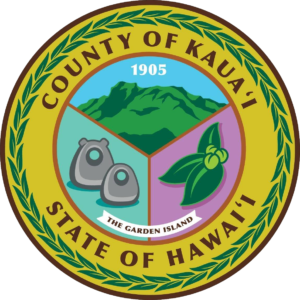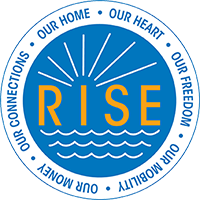
Kumano I Ke Ala's Economic Resilience Model
For those of you reading this story, who are like me and not native Hawaiian, I want to share this, before going forward. I know I am here as a guest and my tenure can never change that. This story about Kumano I Ke Ala is rooted deeply in the history of its people and their way of life. I feel privileged to have the responsibility of sharing it with you.
This story begins with a visit to the OED offices and a talk with Nikki Kunioka-Volz, the person responsible for all agriculturally related projects within the department. The first thing I wanted to know is why she recommended Kumano I Ke Ala? Her response was fabulous and a perfect set up for all that followed later in the day.
Her history with them goes back to 2021 and the reasons why OED has been continuously involved serves as a textbook case for any organization looking for some government support in order to foster their mission.
In her words, they go to the front of the line, because “They know how to think through a project. They know how to put it on paper. They know how to apply the metrics. They follow up with clarity. We have supported them, because they have visionary direction. They set out to seek funding for a specific project. They are clear and articulate in their reporting. They are a strong partner with strong ties in the westside community and they are all about collaboration.”
We talked a bit longer. I was happy to have Nikki’s perspective as my introduction to Kumano I Ke Ala, where we were headed as soon as we finished talking. My visit there was beyond extraordinary. Remember, right up above, I mentioned not being Hawaiian. Well, I had a chance to spend some time with someone, who schooled me without even trying.
This story begins with several of us driving to Waimea, heading down Menehune Rd to the Pe’e Kauai Farm site. We parked and first walked past the piggery, where they are being raised according to Korean Farm practices, a sanitary and efficient way of raising them. We were in the Waimea Valley and the views were spectacular. We started looking for our host, Kaina Makua, down by the lo’l kalo, which are man made ponds and home to the kalo. I guess there were around a dozen people of all ages, working hard and smiling and talking with each other.
Somewhere from the back of the group, this guy comes walking toward us with the look of someone completely at home and at ease in his surroundings. There was a brief conversation with my OED friends, who clearly had a pre-existing relationship. I was the new guy and kept my mouth shut in the beginning. We decided to walk up to one of the three hale’s the group had built, to sit in the shade and talk.
I admit to feeling a bit nervous. I am sitting across the table from this Hawaiian guy, completely at home and totally at ease. His work attire is swim trunks and that’s it, the absence of wardrobe belying the absence of any pretense. From the moment I turned on my little tape recorder until I shut it off, we had a great conversation about his life and how it reflects on what it means to be Hawaiian today. Now, more than ever, his is a voice and a message we need to hear.
Even before we started our conversation, he talked about planning paddling tours to get additional funding, an idea he got after a visit to Maui. His mind is never far from a new venture, trying to create an eco-system that is self sustaining. This whole project, everything about it, is a work in progress. Kaina is not one to sit still.
He introduced himself as Kaina Makua, Executive Janitor of Kumano I Ke Ala. While he has the ability to make things seem easy, his own story is one of tremendous sacrifice and commitment to a dream, which we’ll talk about. At the moment, his goal is to maintain the 20 employees, 72 acres of land and the poi factory. Plans going forward are predicated on building upon their success to date. Kaina is a man with a plan.
I asked him for the best way to begin our story, especially for all of those who are new to it, just like me. Kumano I Ke Ala was started in 2015. He was quick to point out that this all began in “survivor mode”, which means all sweat and no money. In 2014, he took the leap, a big leap, quit his full time job, teaching Hawaiian studies at Kawikini in Puhi. He put his hands together to mold a future for himself and his back to the wheel, intent on touching as many people as he could with the Hawaiian way.
This new life really began in 2010, with taking over the stewardship of ten acres of family land up in Makaweli, a place he had been bringing friends for years. For the four years, until he quit his job, his day began at 5A, with breakfast for the kids, teaching all day in Puhi. Home in the afternoon and then trucking two miles into the valley to work the family land, taking down trees and clearing the 12 foot high guinea grass growing in the ditches.
I wanted to share his routine for one important reason. With a guy like Kaina, it is very easy to romanticize his life, almost like a movie. Make no mistake, he has worked incredibly hard, made huge sacrifices, never letting go of his vision for the work needing to be done to bring the Kaua’i way back to life and share it with the world. Make no mistake, this is his kuleana.
In a way, that four year period up in Makaweli was like going to school, teaching him what he needed to do and growing the vision to get it done. His graduation into this new life was hard earned, riveted to his complete dedication to being Hawaiian, gifted to all he meets. Over the course of time, the land was resuscitated and the two lo’l kalos were brought back to life.
Out of a strong desire to monetize his dream, he started Aloha Aina Poi Company. The very first week, they made poi kulolo and sold it all, making $700. At that point, all sorts of family and friends got involved, because the dream was becoming real, with much work to be done. Every single effort, from its very first day, has been about community, which is an integral part of every undertaking.
While both the poi company and Kumano I Ke Ala started within months of each other in 2015, the business of poi and the purpose Kumano have lived in harmony ever since. Kumano had modest beginnings, starting as an after school program, teaching the students skills to care for and nurture the land, deferential to the Hawaiian culture all along the way, which blends being and doing in a beautiful harmony. In that first year, Kaina was on food stamps and he used the money for snacks for the 20 kids in the after school program at the farm. The following year, the program was funded through grant money.
Somewhere in the midst of all this, he inherited the Kilohana Canoe Club in 2012, yet another story. Each time a new venture would come up, I’d think to myself, “Well, that’s it!” I can tell you now that even while the tape was still running, Kaina would bring up something new and incredibly exciting and tell me whether I could even talk about it You won’t believe what’s coming up!
“All of this was happening and I knew it would be the result.” You put ten years of hard work and a strong vision together and you get a story worth sharing. Aside from the staff of around 20, 25-30 interns are hired for the after school program. While learning farming skills, the kids learn how to be successful human beings. Amongst other things, his goal is to keep our young people here by teaching them skills and creating industries to employ them.
Two years ago, connections and horizons expanded. Overtures to the Native American community opened up additional funding opportunities from major organizations and life lines to like minded societies. No matter what comes in the future and where it comes from, the job will always be to create awareness and self-sustaining efforts at improving the quality of life right here on Kauai.
All of a sudden and true to form, Kaina mentions starting an effort like Kumano on Tahiti, which stopped me in my tracks, plus the mention of other countries like New Zealand. I confess to momentarily stopping the tape, because I started crying. The idea that hope is alive and well in the hearts and minds of so many was very touching to hear, especially coming from this shirtless guy across the table.
I waited until our conversation was pretty much at its end and asked Kaina what Kumano I Ke Ala meant in English. I wanted to make sure you’d want to know more about this truly, inspirational organization after listening to Kaina, which is my job in this story. He defined the name as “Setting the foundational stones for the path that lies ahead of us.”
I figured you could visit the web site Kumano I Ke Ala and find out about the various programs and how you can be of assistance. I am hoping my conversation with Kaina Makua, Executive Janitor, will provide sufficient incentive for you to set foot on this unique path to the heart of what makes Kauai so special. There are endless opportunities for you to learn, be of service and contribute to their efforts. Remember Nikki’s comments at the beginning when you explore their web site. Kumano I Ke Ala is the real deal and today is the right day to get in touch with them.
Sitting at that picnic table was transportive for me. I have often imagined sitting with a mythical Hawaiian figure from some time a couple of hundred years ago, right around pre-contact. I’d really want to know what was so different and special about his people.
I found out.
– Larry Feinstein



